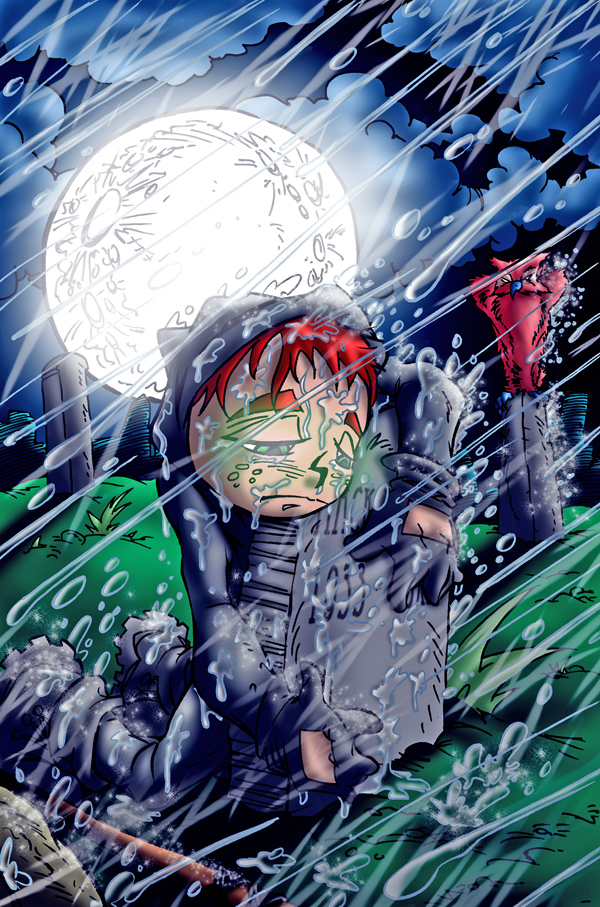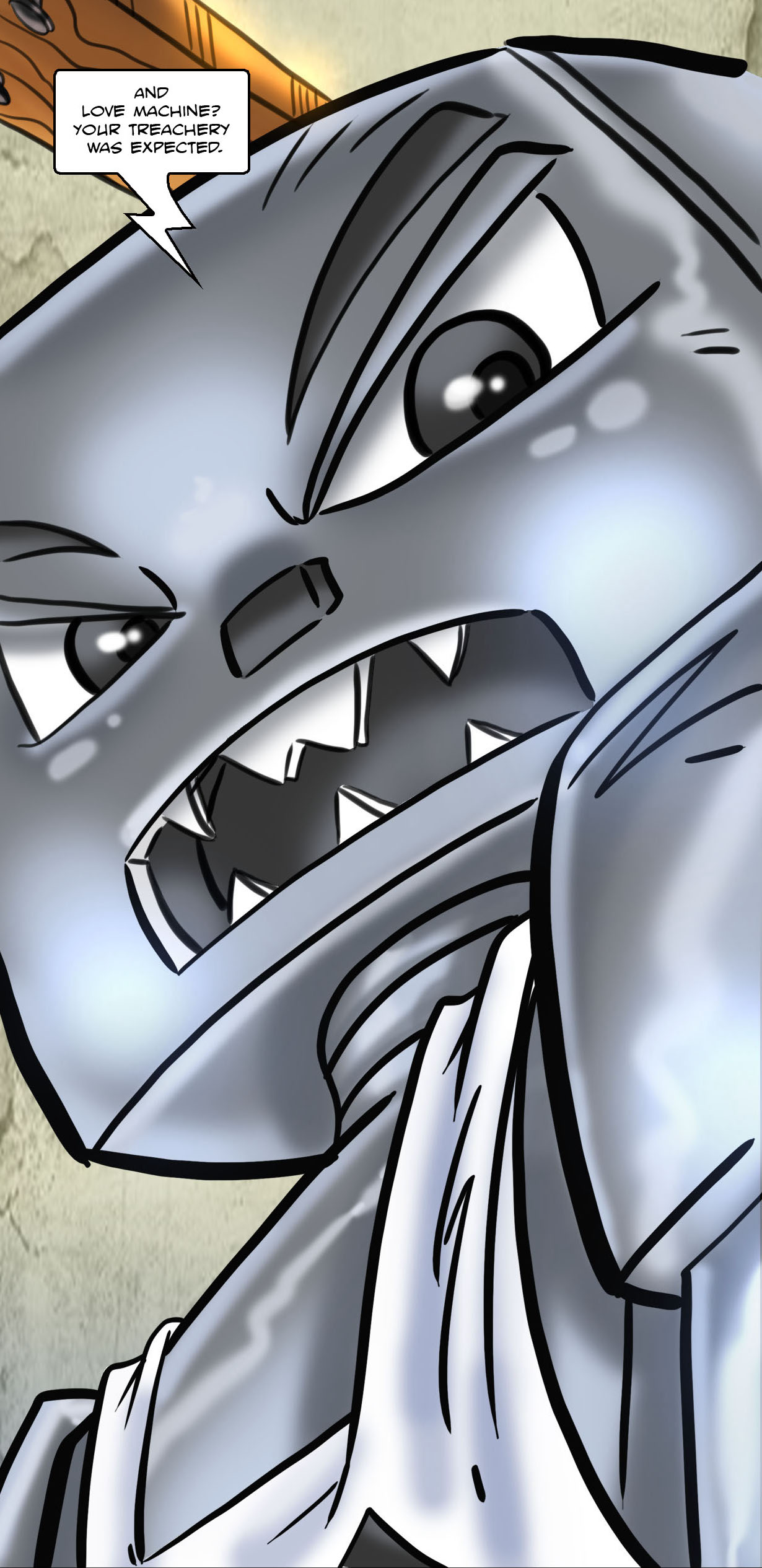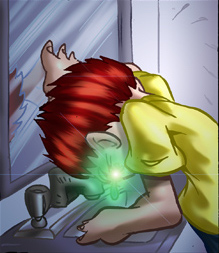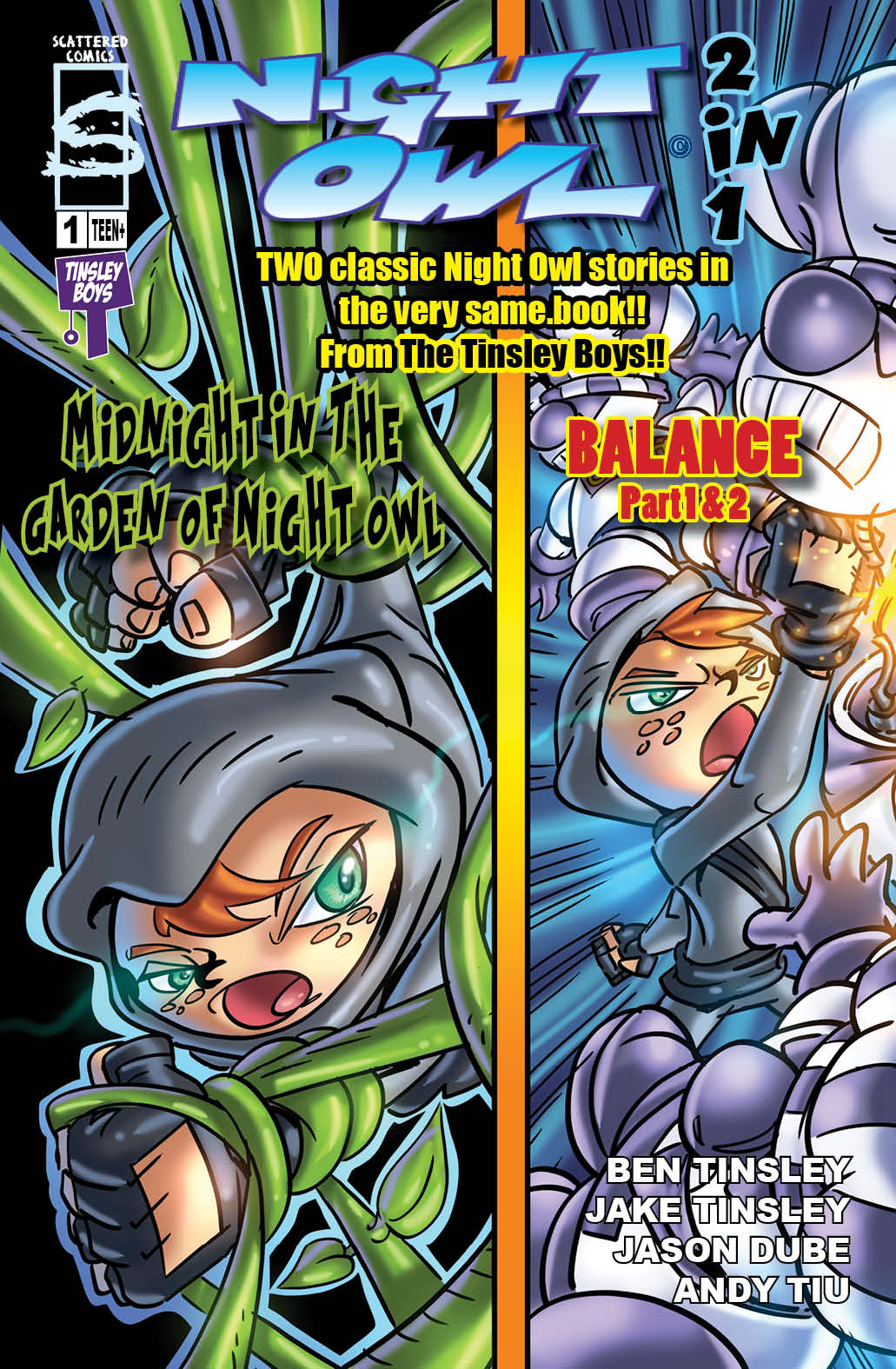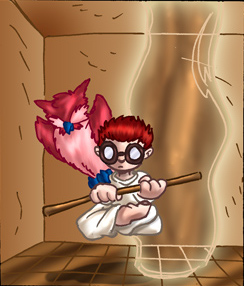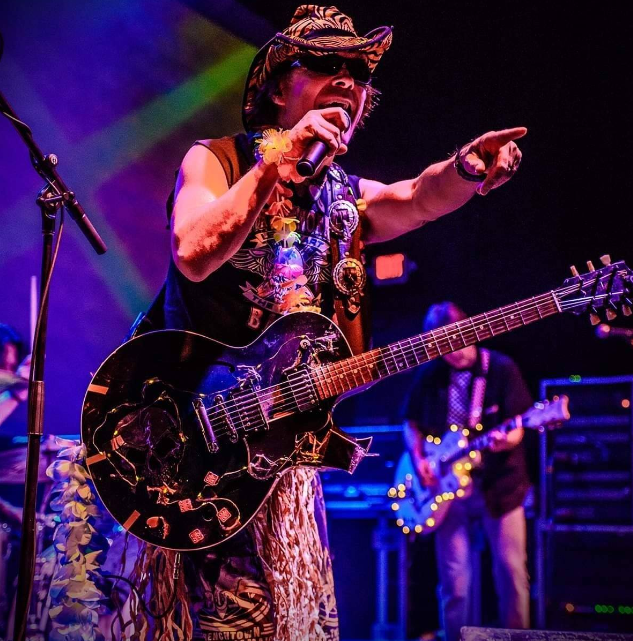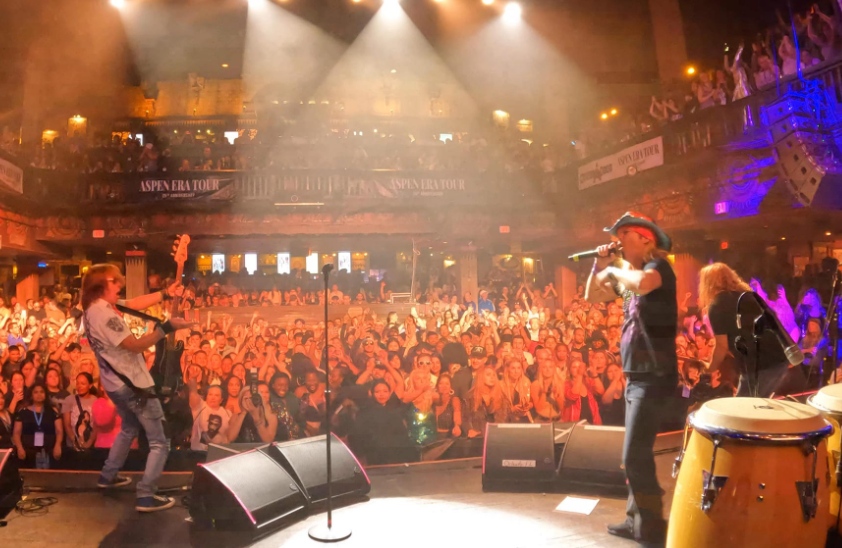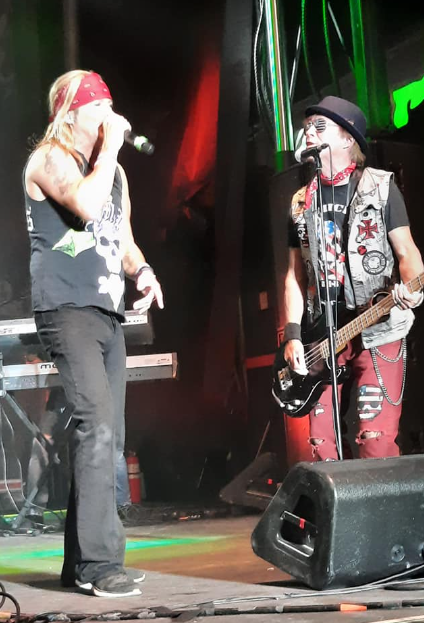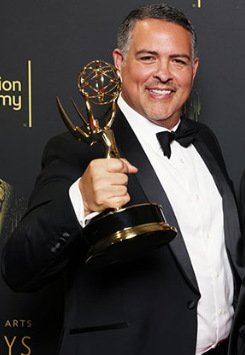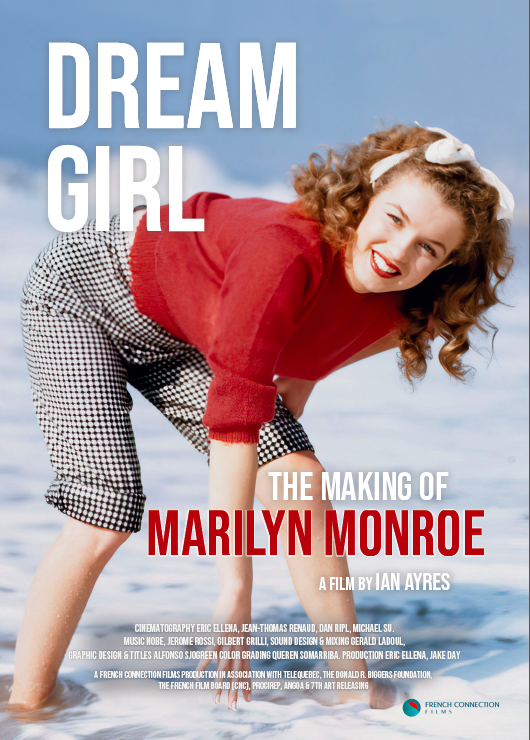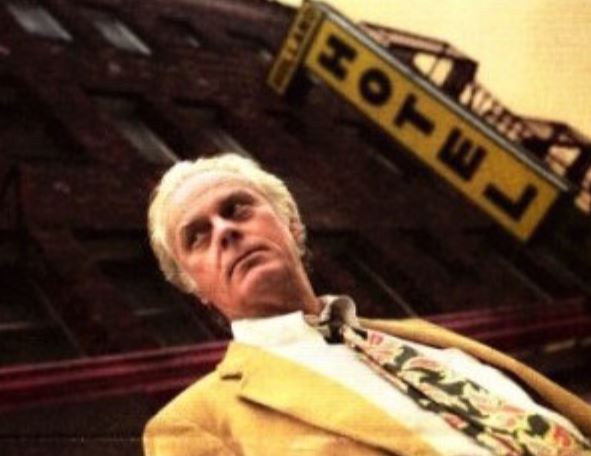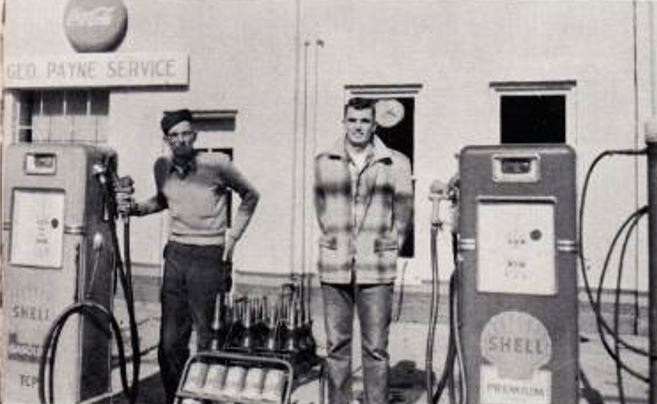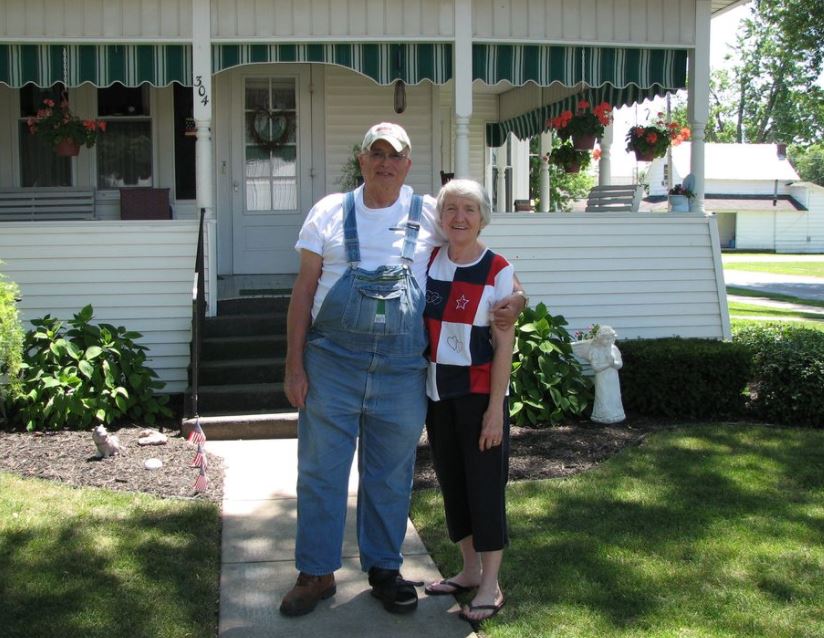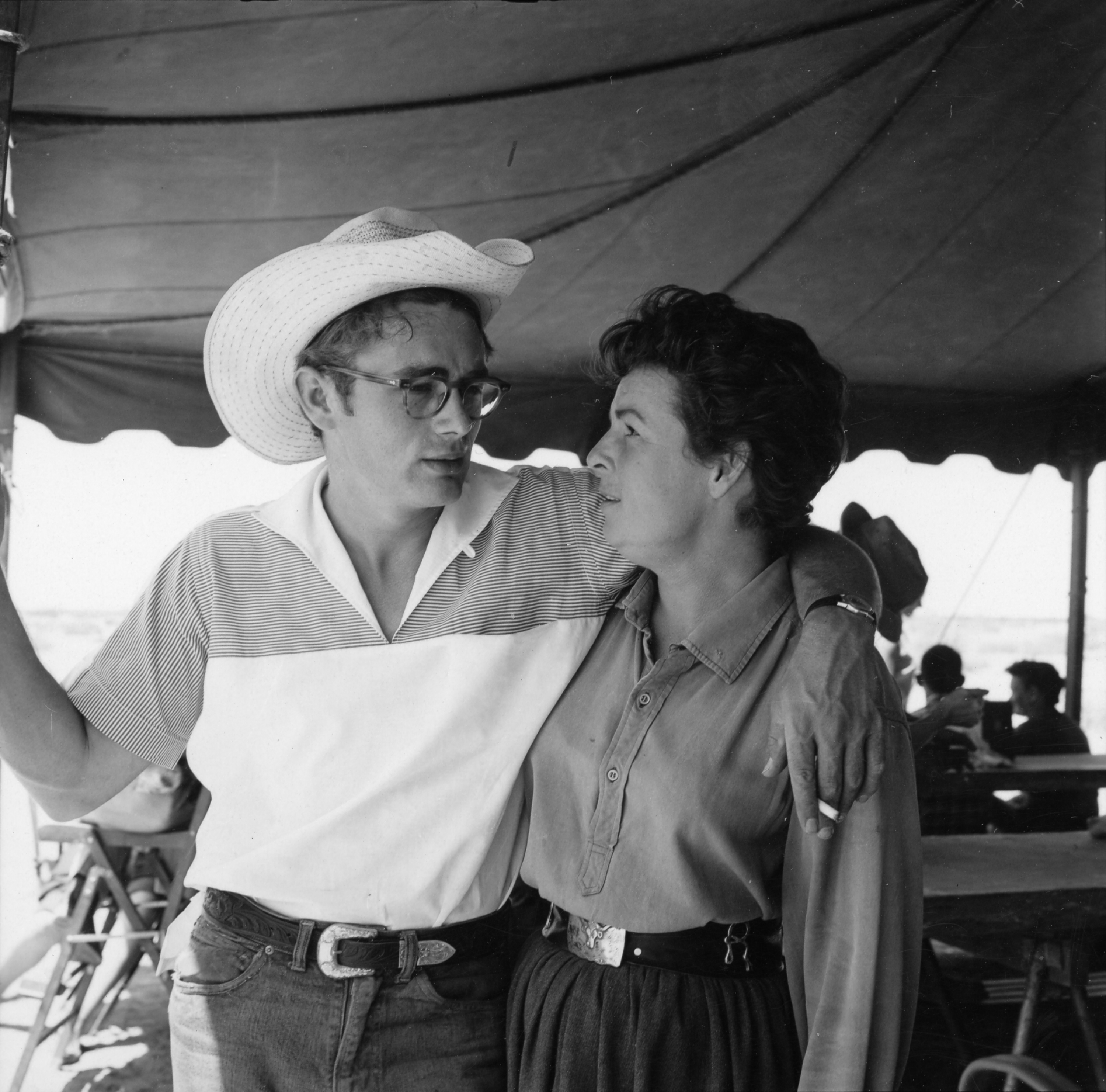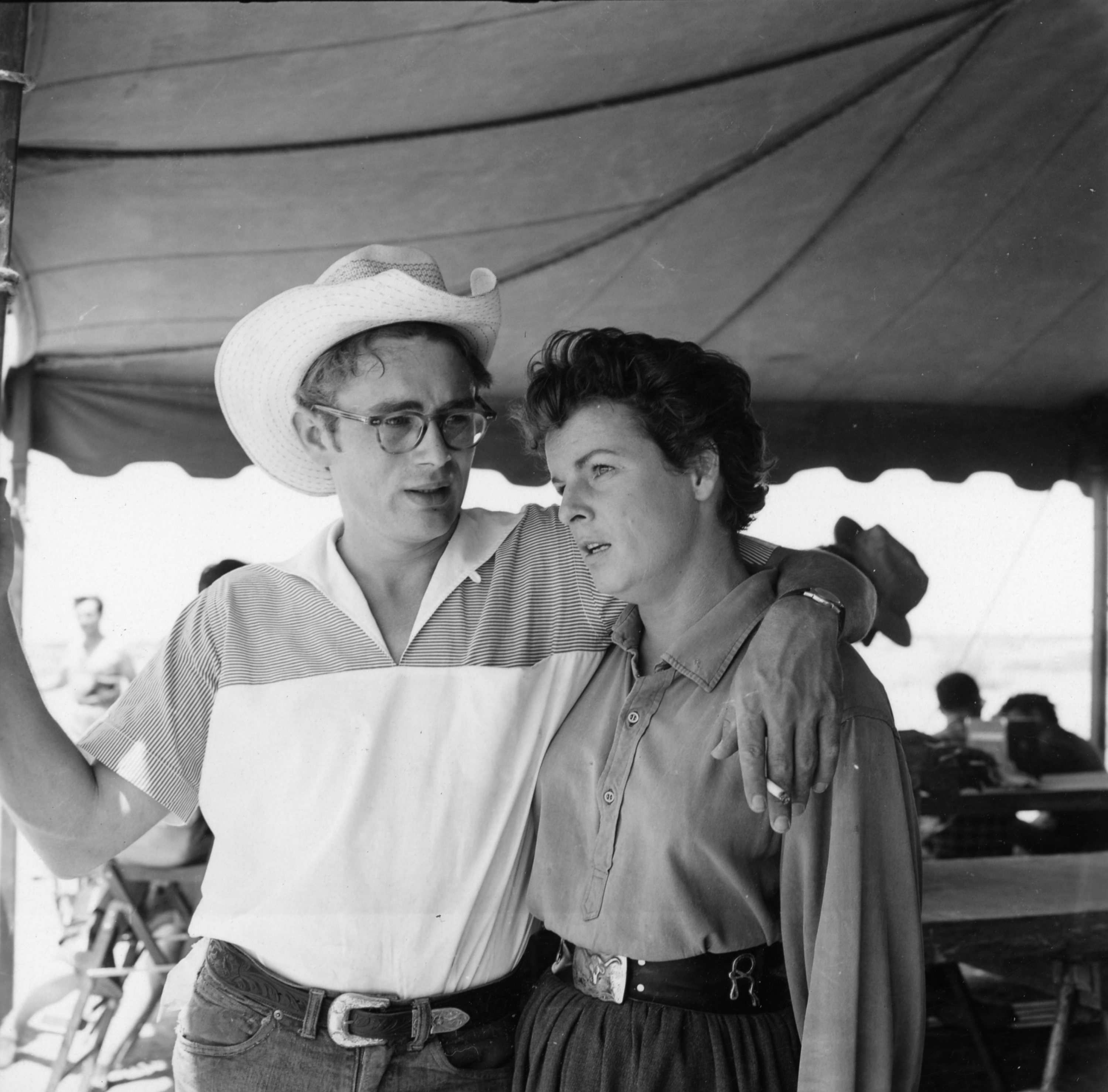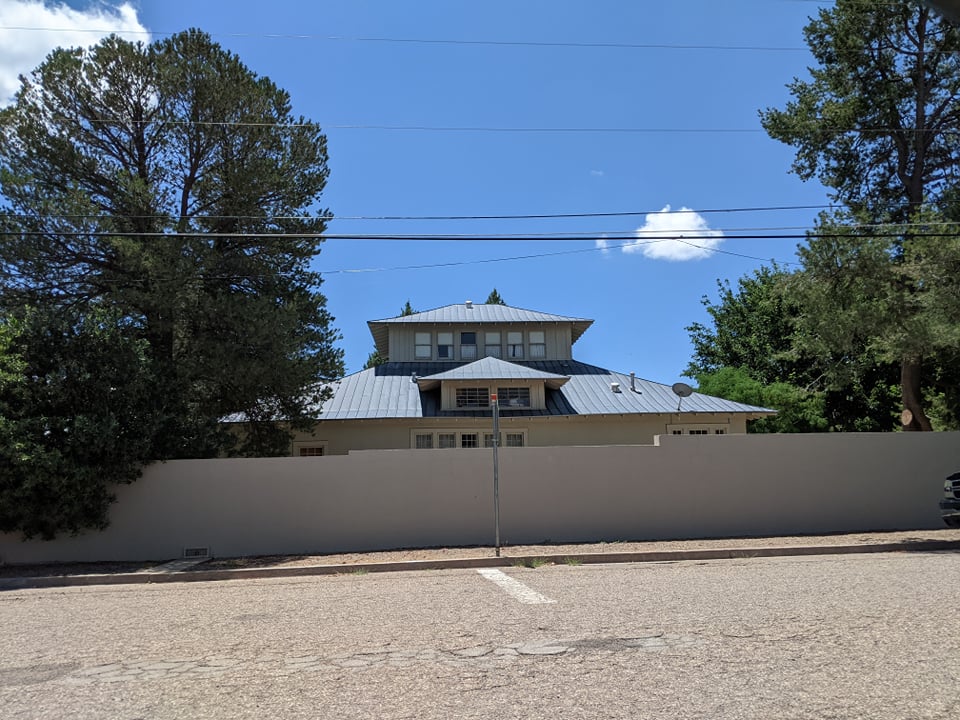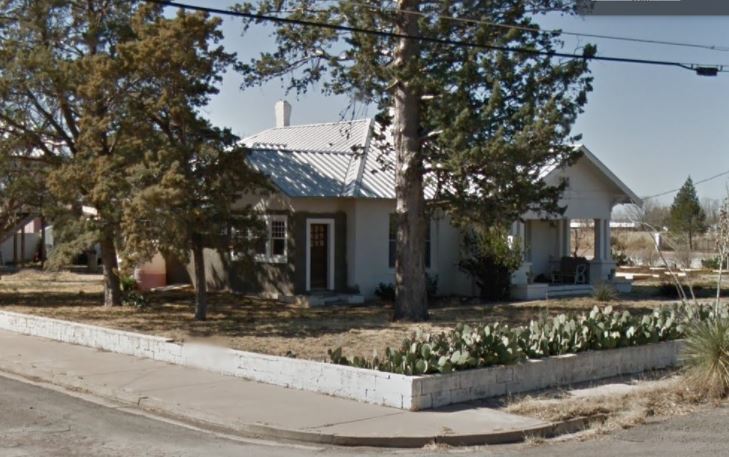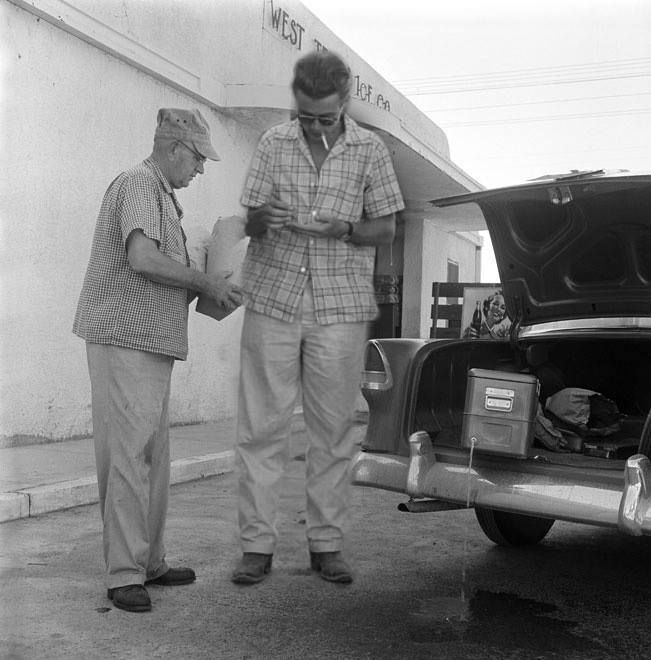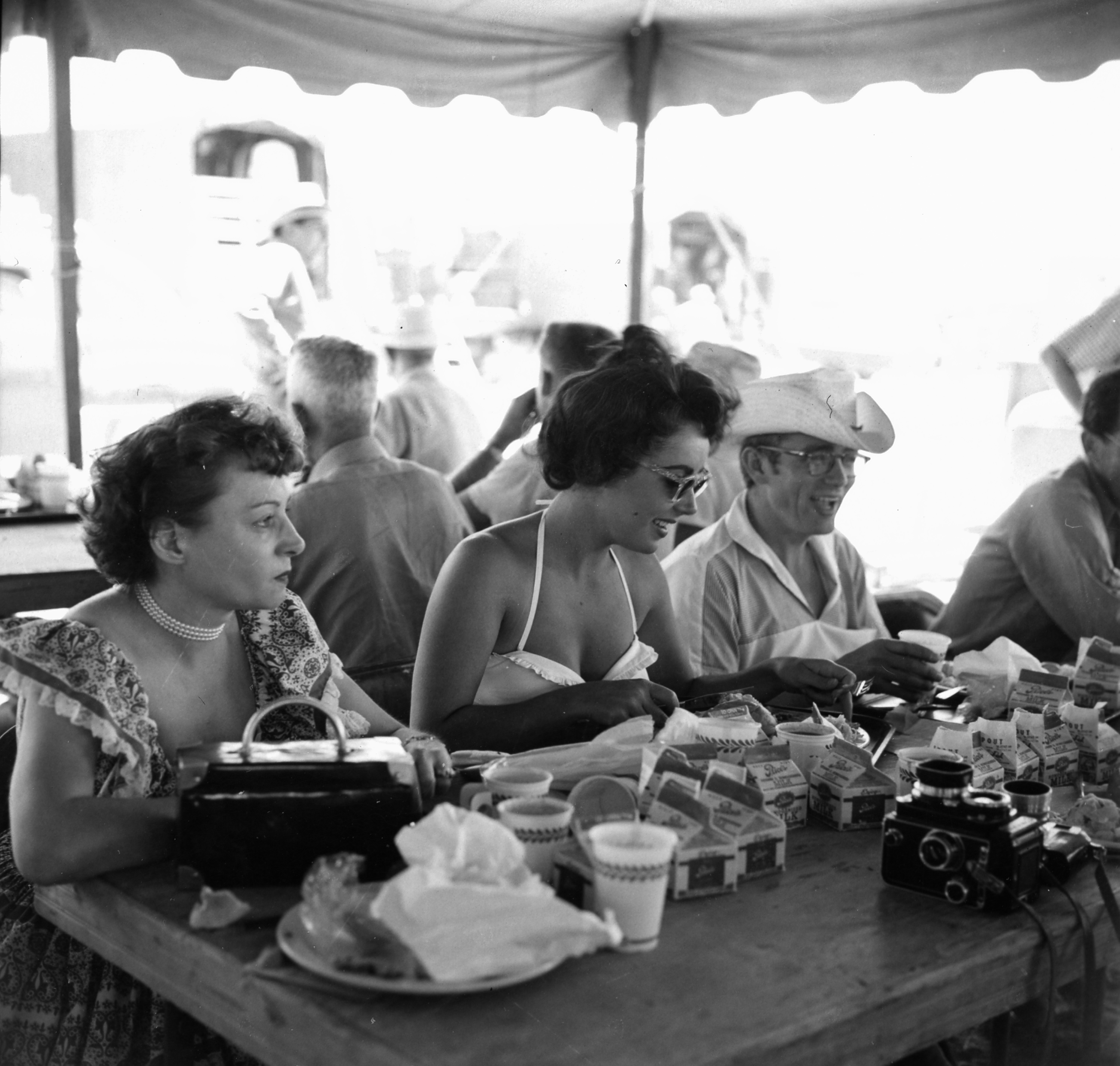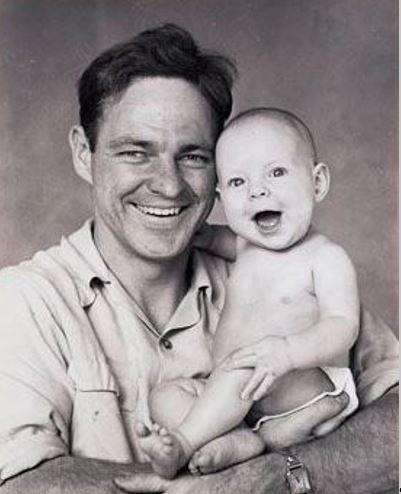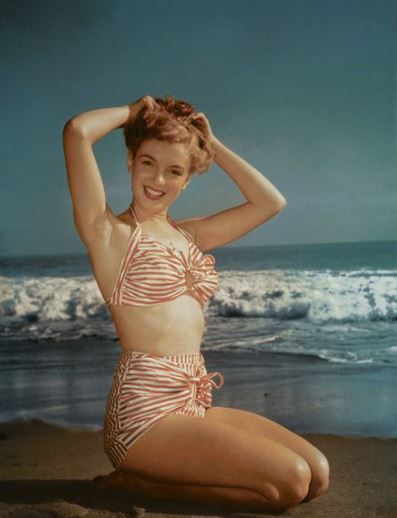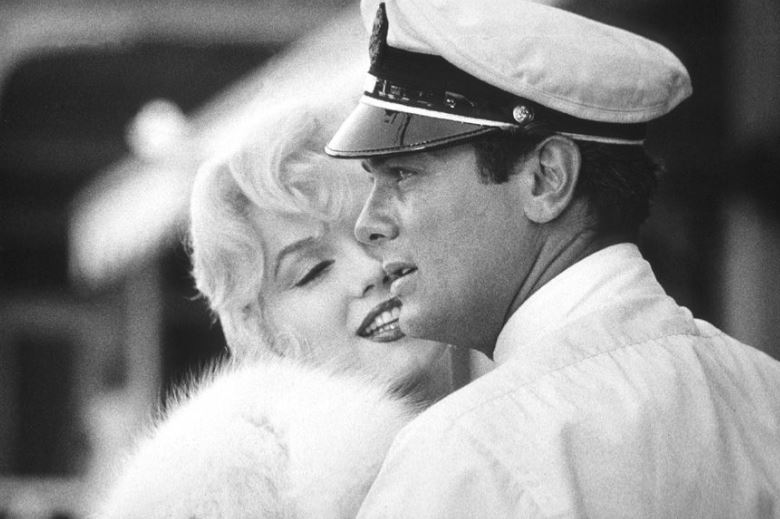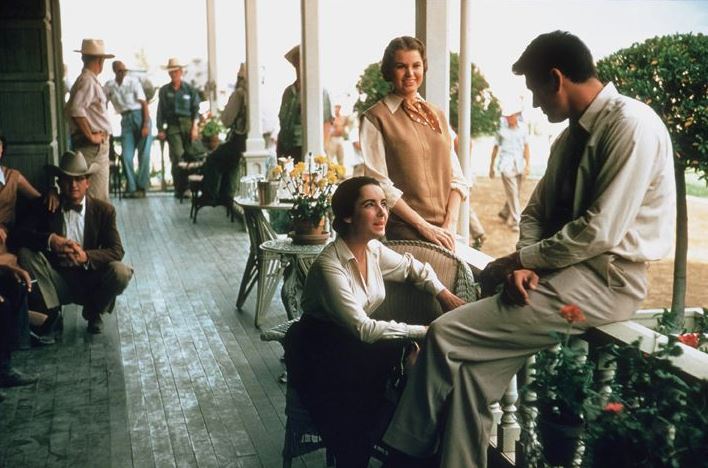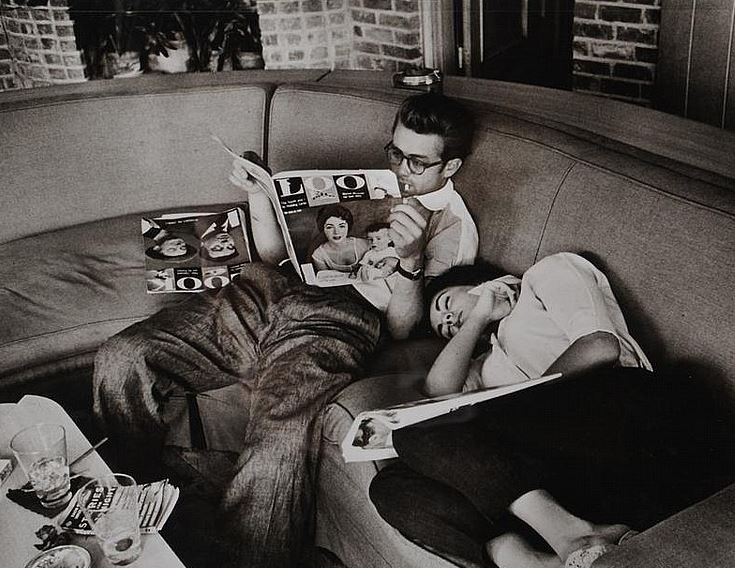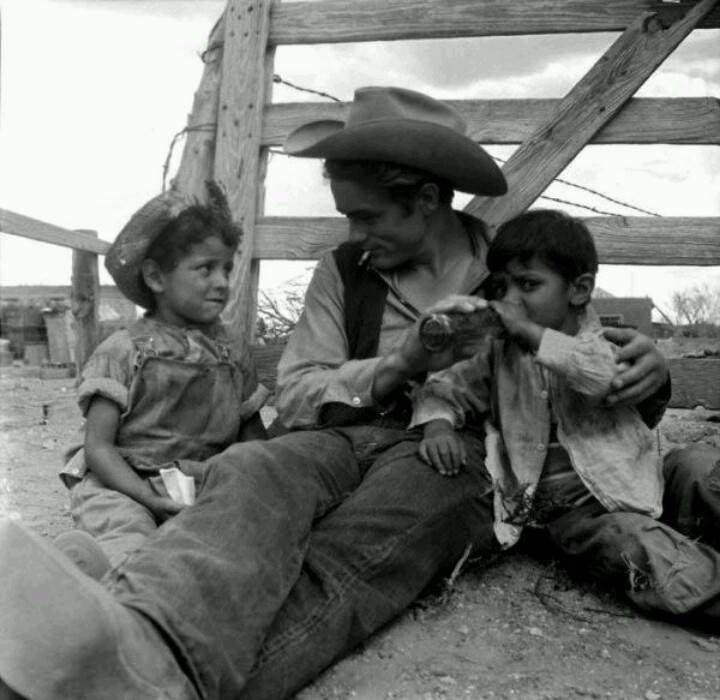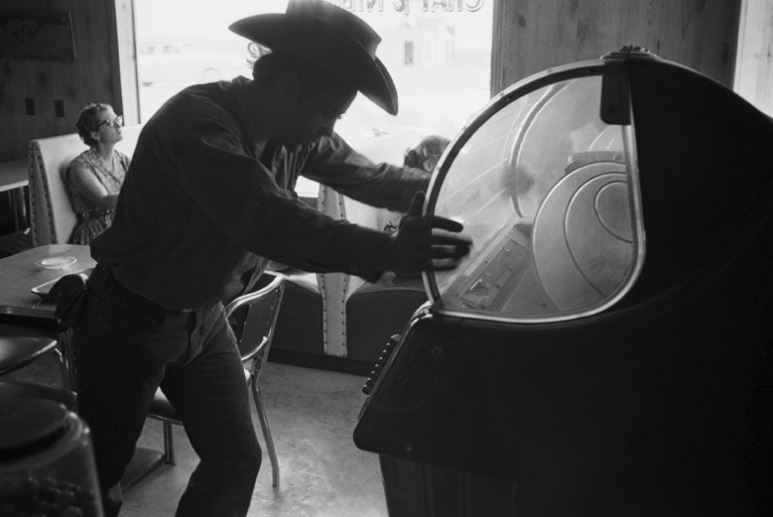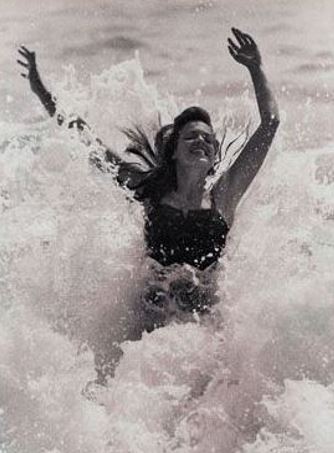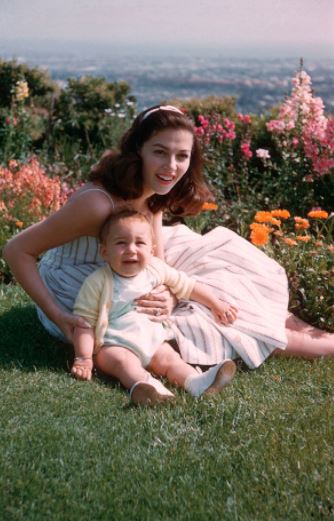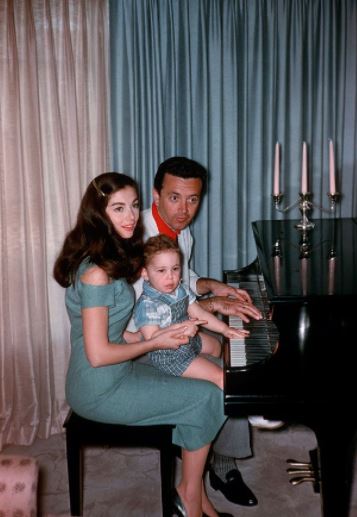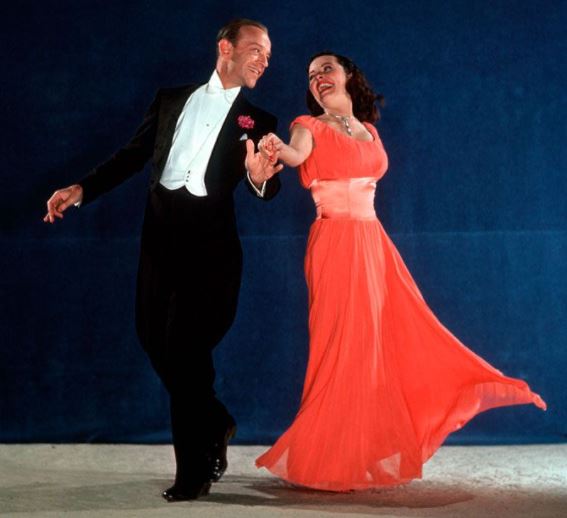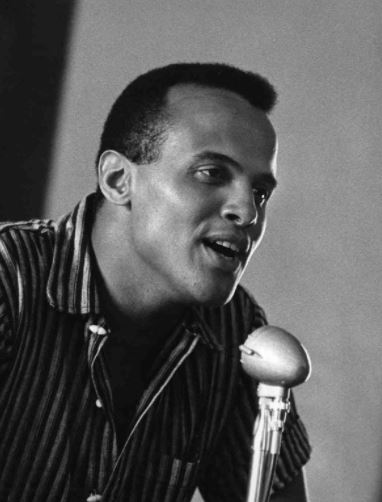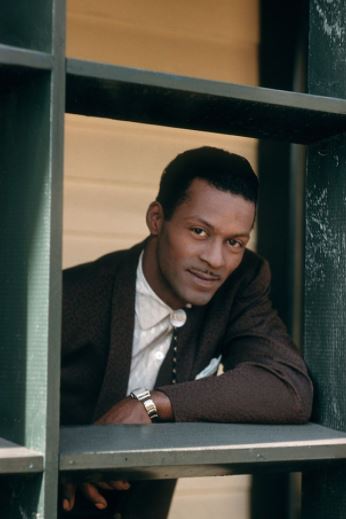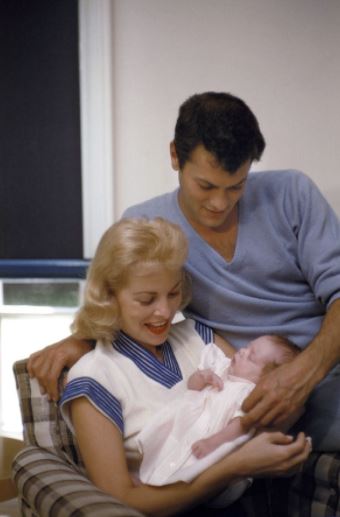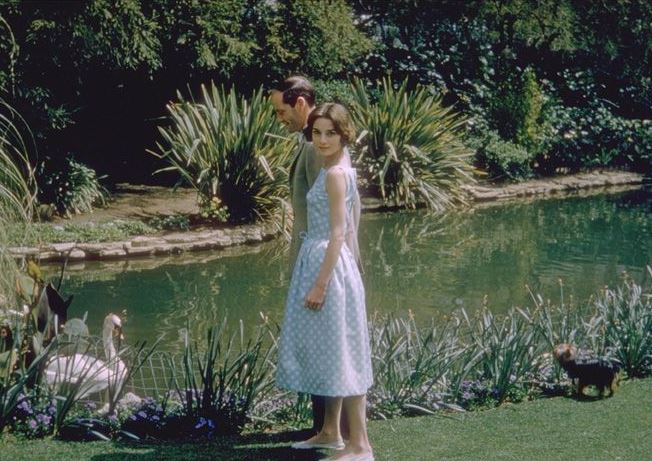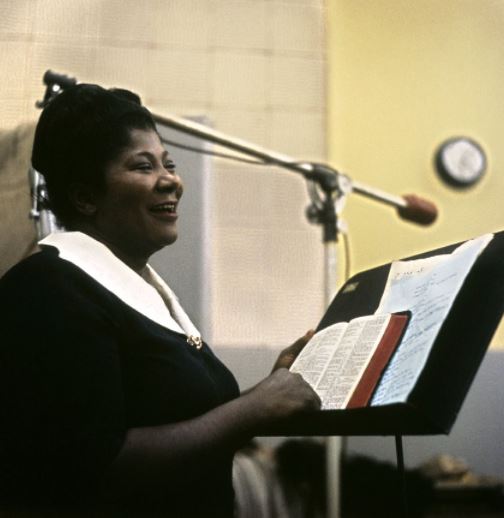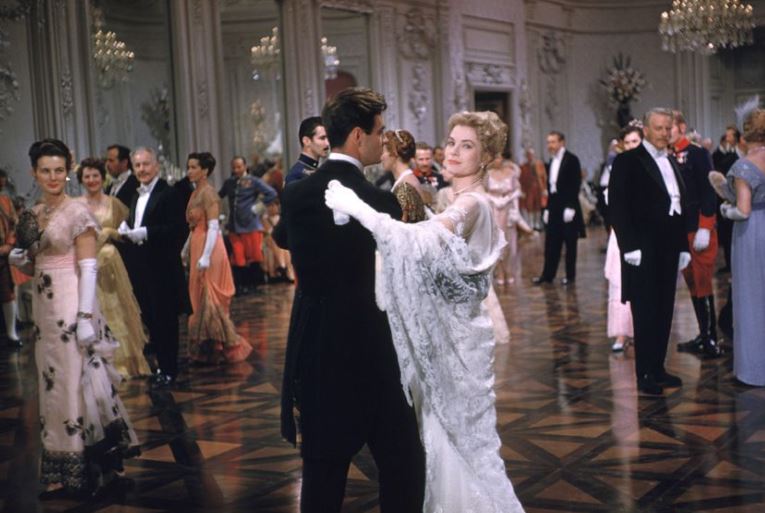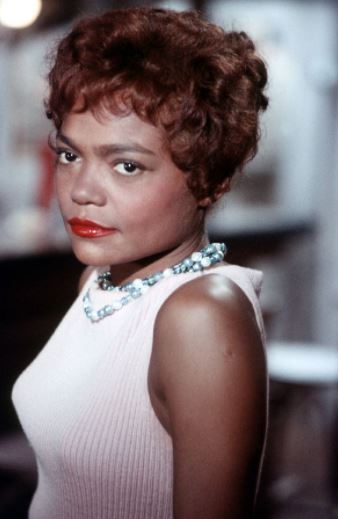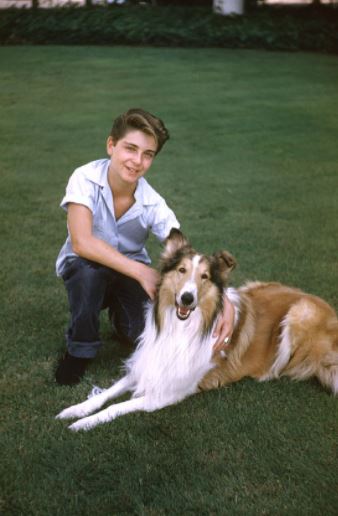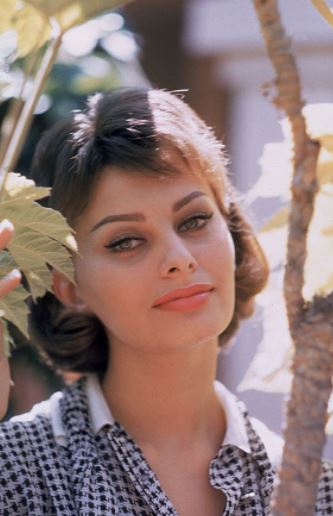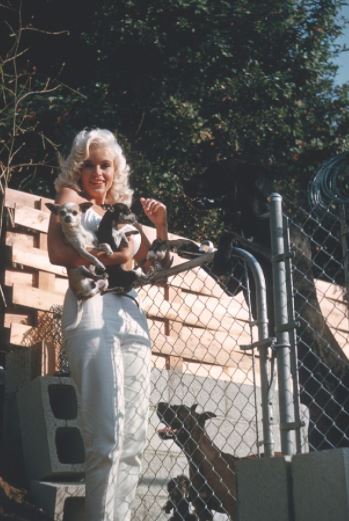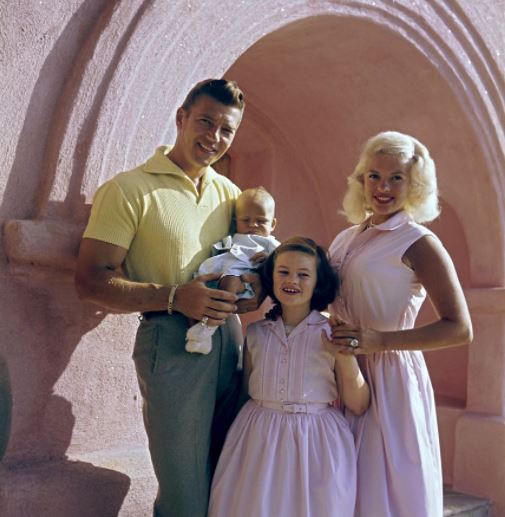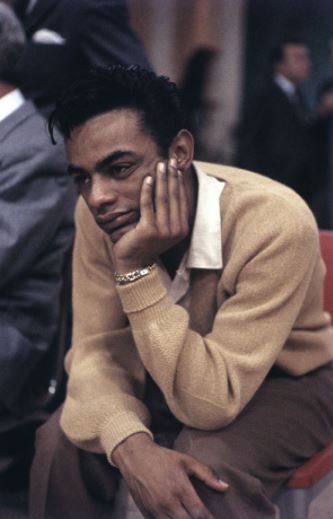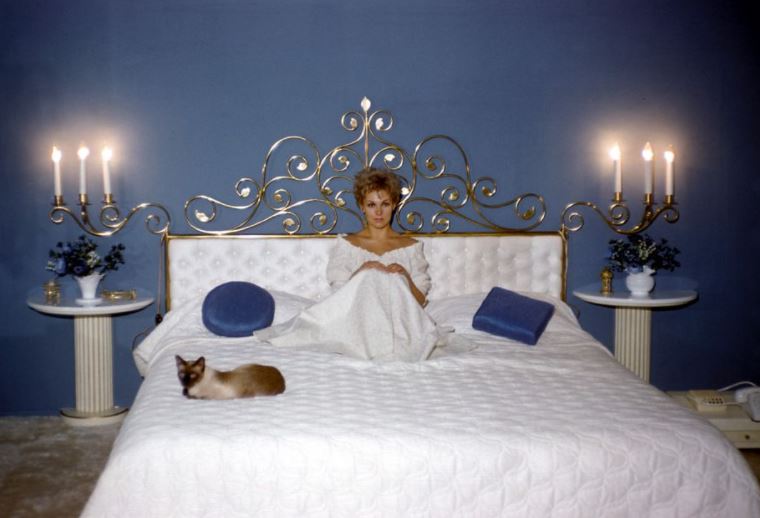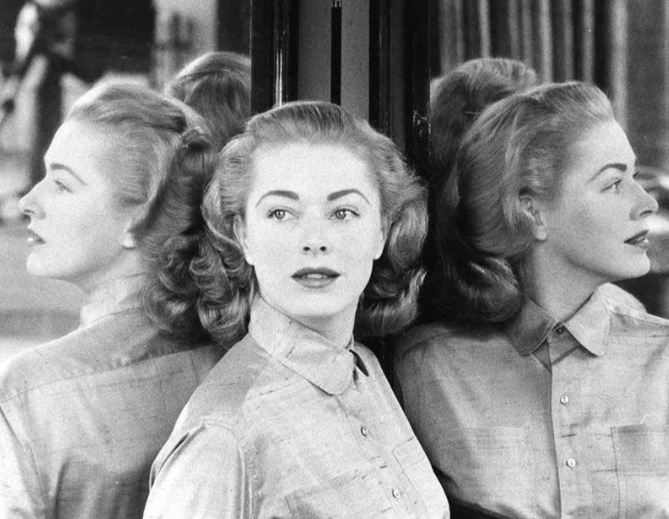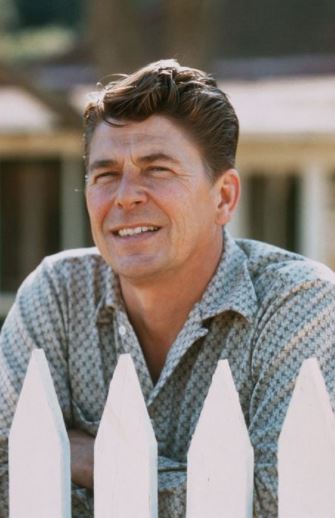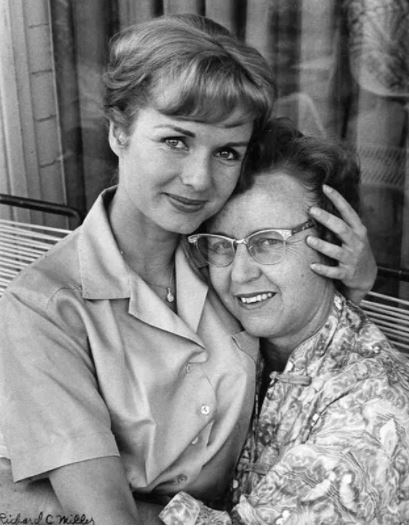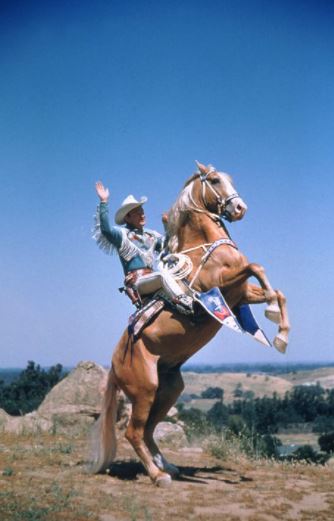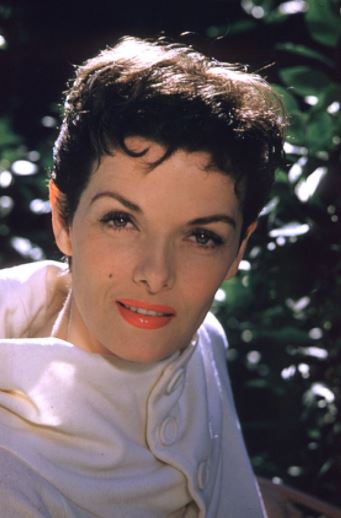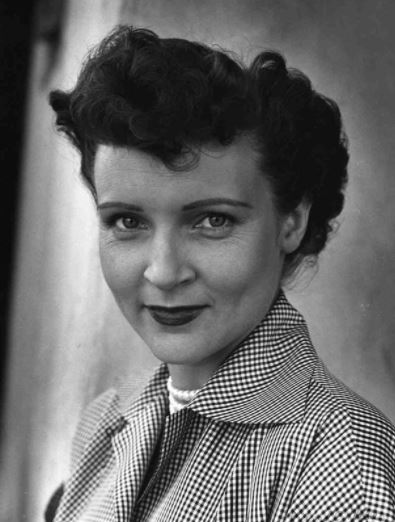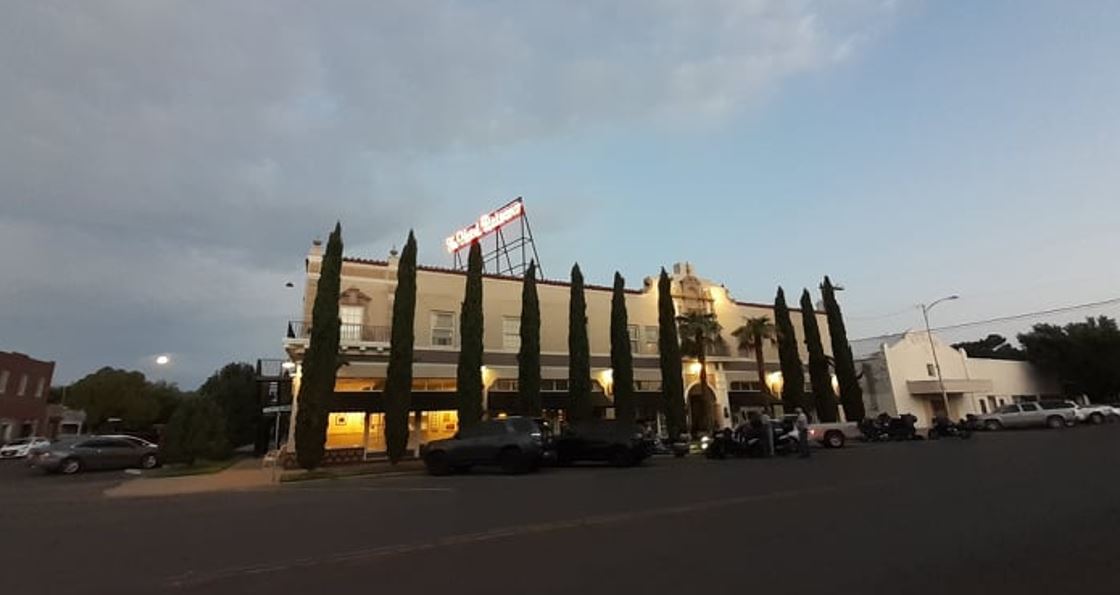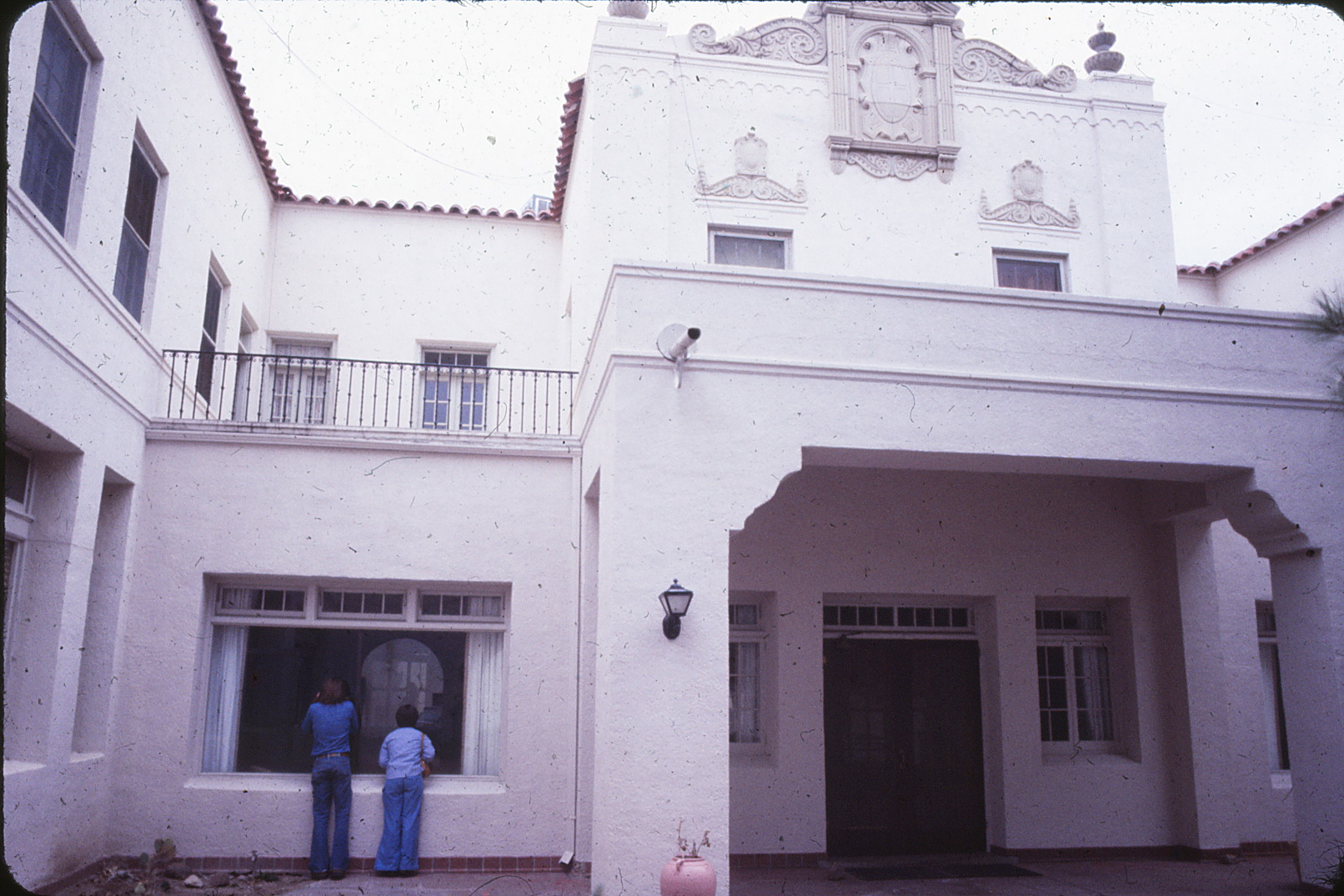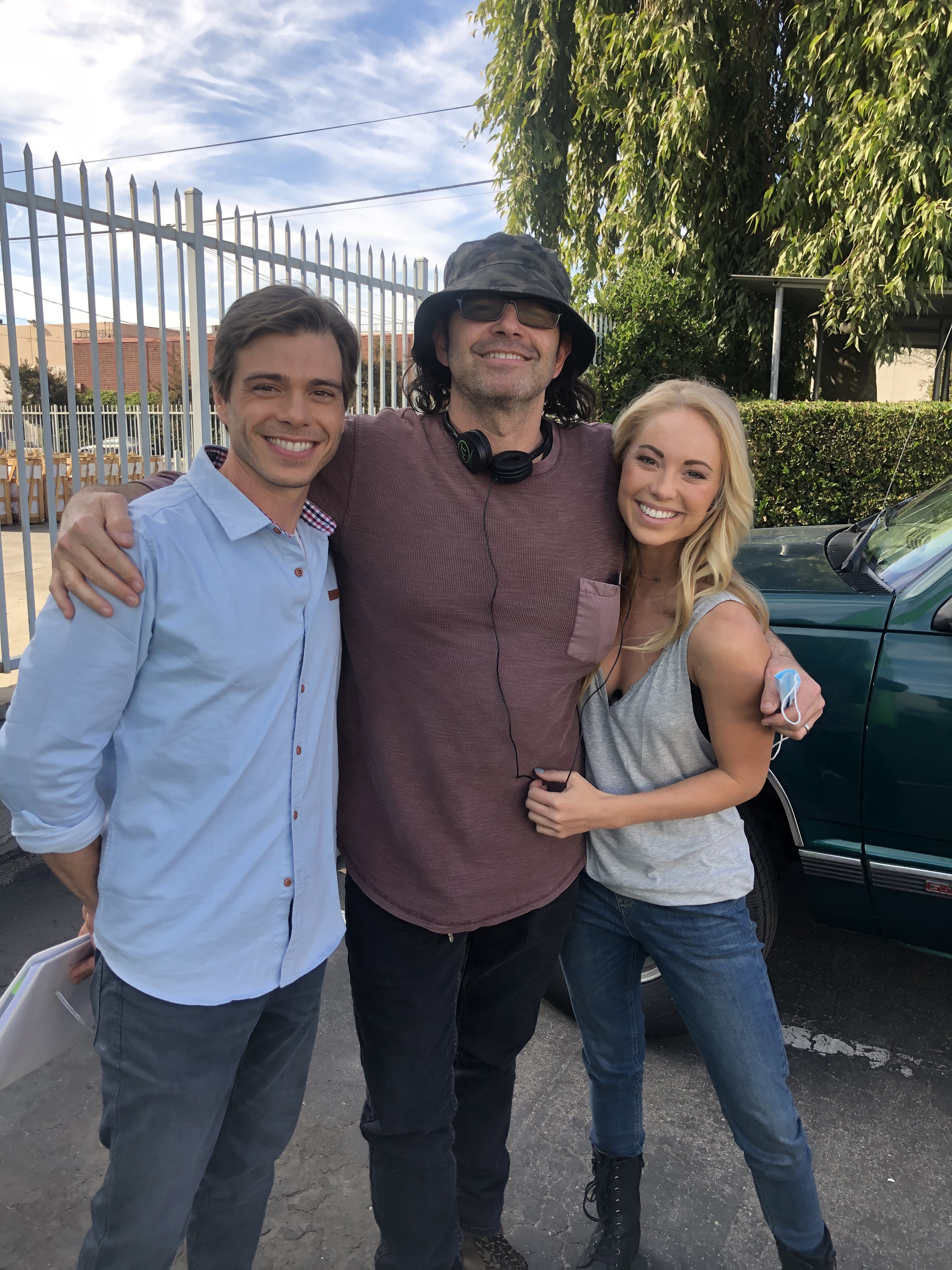
Matthew Lawrence, Shane Stanley, Danielle C. Ryan.
Shane Stanley has a long line of creative ancestry from his Great-Grandfather who was a stage actor in New England to his grandfather, the artist Frederick Stanley, and down to his father, filmmaker Lee Stanley, the drive to create seems to be an inherited trait.
As a child actor he appeared in over 100 projects before moving on to work behind the camera. Best known for his work on “Gridiron Gang” with Dwayne “The Rock” Johnson he has produced and directed countless television commercials, music videos, and motion pictures, as well as writing the book, “What You Don’t Learn in Film School: A Complete Guide to Independent Filmmaking” (which is required reading at many of the top learning institutions). His most recent work can be found on the action film, “Double Threat” starring Danielle C. Ryan, Matthew Lawrence, and Dawn Olivieri.
What would you say has been your favorite film to work on so far?
You know, every production is special, and the creative experience is never the same. I quip each film is like a love affair. Exciting, new, and gives you butterflies when you get the “go ahead” but soon after starts to become ever consuming of your thoughts, your time, energy, and emotions. Ultimately, you know it will come to an end and leave a lot of scars in the process. You take away so much from each production; the people you meet, the hurdles, the nice surprises, and those scars… oh, there are many scars, (laughs). I would say “Double Threat” is special because we created and filmed the movie during the heart of the pandemic. Six months after being on lockdown, I called writer, CJ Walley and said, “We have a choice; 2020 can kick our ass or we can make it our bitch!” We chose the latter, had a script in six days, casted the picture and called our crew and went out and made a movie in record time. It was being back with everyone that made it so special because we had all been in isolation for over six months and everyone was there for the love of the game and to reconnect with their film family. We didn’t know if we really get anything when it was done or if we’d even be able to finish shooting with so many problems happening on the few other films that were shooting at the same time. We took over 400 COVID tests during our four-week period and not one person popped positive. I accredit the discipline our cast and crew had to see it through to honor our protocols and stay safe so we could cross the finish line.
What was it like to run Charlie Sheen’s production company? You have said you learned too much about life and the industry there. Can you elaborate on that?
My father got me into the business at nine months old where I worked as a child actor and crewed on his films when I was able to start lifting gear and understanding what was happening, and that was a safe, family environment with a lot of love and respect with an atmosphere of unity. Much of the work I did growing up was on his projects or with people we knew so I was sheltered from a lot of the bullshit and drama that comes with the business. I worked in and around my comfort zone until I was about 22, then had the opportunity to branch out into the television network and studio film system. But I was an underling, working on sitcoms as a production assistant or assistant coordinator for a movie of the week so I wasn’t privy to the fights, the casting couches or crazy that seems to infect our industry. When I started working with Charlie, my exposure to ‘real Hollywood’ went from 0-60 in a blink of an eye. I want to emphasize during my time running his production company, Charlie was nothing but wonderful and had assembled a great team. But it was the people I was thrusted into interacting with I hadn’t experienced before that really was an eye opener. Studio executives, agents, and managers, the hanger-oners and all the baggage that comes with it. The things I experienced working with “Hollywood proper” (or Ho-Ho Wood, as I call it) really opened my eyes to the real world and all the things first-hand you only read about. When you’re being flown first-class to Cannes and other prestigious events, you basically have the world at your fingertips and people will do or say anything to get to someone like Charlie and you must filter a lot of that out. Not something that was easy at 22 nor that I was necessarily good at. What’s funny to me is Charlie has a reputation. During my three years working with and around him daily, I never saw him take a drug or mistreat anyone. He’s got a huge heart and yes, he’s a bonified “Hollywood Bad Boy” but one of the coolest human beings I have ever had the pleasure of knowing who sincerely wants those around him to rise and shine. In our industry its rare a collogue wants you to succeed. Our industry is filled with the most insecure people you will ever meet. Charlie was all about helping those around him to be the best they could be and made sure they got the recognition and introductions to get to the next level. Many of the people who have helped me along the way are people I met directly through Charlie like Zalman King, Cassian Elwes, Avi Lerner, and so many.
Why do you think it is important to be able to learn something from both the good and the bad moments that we encounter in life?
Life is unkind and sadly, now more than ever filled with a lot more of the bad and the ugly as opposed to the good. I have always learned and grown from adversity, my mistakes, and getting sucker punched and try to take those lessons with me moving forward for the simple reason of not making the same mistakes twice or how to make sure you don’t get yourself in situations that will put you in a bad place. One thing I really pride myself on is how people are treated on our sets. Yes, we’ve encountered our share of assholes and when we do, make sure we don’t involve them anymore, but I have found respect and kindness go so much further than a sharp tongue or tossing hot coffee on someone because you’re not getting your way, or in most Hollywood cases, are so bloody insecure about yourself, take it out on others to feel better. We’re a film family and yes, family has its ups and down but it’s from the bad I have seen that makes me really strive to have something different on our sets and how we conduct ourselves.

Shane Stanley and Matthew Lawrence
How did it feel to be back out filming after the COVID lockdown? Oh, it was wonderful. Almost like a reunion of dear friends, everyone coming together who had been apart for too long. It was almost like a movie within a movie where the end of the world is near and there’s only the few survivors who have outrun whatever the boogie man is, and you don’t know what’s happening to the rest of society. We had built our own bubble for a month and a half, and it was really kind of special. As I said before, it was evident people were there because they missed it and really wore their heart on their sleeves. Due to the mandates placed upon us by the unions, with super skeleton crews and all the other COVID protocols, we all had to wear several hats. I usually run a very thin crew which usually consists of 30-40 people. But we never really exceeded twelve, so it was imperative everyone did their part and when you were done with your work, look around and see who you can help. I even looked over at one point and saw one of our stars helping the grip department tear down C-stands. I mean where do you see that on a non-student film?
How do you think the COVID experience will change the film industry of the future?
I think it was a reminder that we can do so much with so little. I think COVID will be with us for quite some time in one way or another and we will feel the sting of it for the rest of my life anyway. But like in so many other ways, things eventually go back to ‘normal’ as it has in society, it will happen in the industry as well. There’s still mask mandates and testing and certain protocols, but now that we’ve learned to function and interact with COVID, were not as scared or freaked out by the unknown. I know filmmakers and actors are doing everything they can to get away with not following the rules set upon us and ya know, I don’t blame them. I didn’t say I agree, but I understand. The costs for us to follow COVID protocols on “Double Threat” were over $40,000. That was a huge hit, especially on such a tiny film that we went into way underfunded and really cut into our production value. I just wrapped a film; “Night Train” and it was just as bad, but we had a proper budget so were better prepared and had the padding. But it keeps me up at night thinking about what we could have gotten additionally with that kind of money put ON the screen and not going into putting Q-tips up people’s noses and having someone on set reminding us to keep six feet apart. I can say proudly with a much bigger cast and crew, again we got through that film without a single positive test.
Do you think most people in the industry will have a different view of their work and what they hope to accomplish with it
I think for us ‘indie-rats’ yes. For sure, because if you’re following the rules – spending a ton of money that won’t go to the screen which in turn will often cause you to keep your crews smaller I can’t imagine how it couldn’t change your mindset or approach. Will if effect Hollywood proper? Well, “Jurassic World: Dominion” was the first studio film to go into production during the pandemic and besides the inconveniences, they had endless resources and a full staff because they could afford it. When you make a $200 million film, adding a few hundred thousand dollars to a line item that says “COVID” on the budget isn’t a big deal as compared to us little guys who may have $500,000 or less to make a film and it can really hinder you.
What did that whole experience teach you about the importance of entertainment in general?
It reminded me that it’s ‘only a movie.’ While filming I lost six people very close to me to COVID and that’s not including family members and friends of our cast and crew. We were dealing with the George Floyd protests, various riots, an insurrection, etc. etc. So much shit was going on – and constantly – yet here we were in the middle of the desert playing in the dirt like a bunch of kids. We’re a blink of an eye to the hands of time and, especially now with everything going on and so quickly so it makes you think; “do we really matter other than offering 90 minutes of escapism to the few that actually tune in to see what we’ve made?” My money says, “no.”

Shane Stanley and Dawn Olivieri
What is the one thing you dislike most about the entertainment industry and what do you love most about it?
What I dislike most is also in part of what I love the most, the relationships. I dislike the superficial relationships. You know, when you’re hot, you’re hot. When you’re not, well… It’s kind of like that in every industry but with entertainment in general there’s a lot of fluff and relationships built on sand. I get it, from the crew standpoint you work from gig-to-gig, so you bounce around a lot and it’s hard to set roots. But on the executive side, it’s all bullshit. When they need you, there are times the phone rings off the hook, and you’ll get over 300 calls or texts a week and when they don’t, crickets. You may only hear from your wife or mother until well, you know, your next project starts up. I just wish people could be more genuine or transparent in this industry and I think what pisses me off the most, is when they do ignore you for months or years at a time, they have no shame and calling you when they need you again. I get it, it’s like that in life a lot, but it’s such a small industry and you encounter and need the same people often through the years, I just wish it wasn’t so full of superficial cons.
As someone who must be constantly moving, what do you like to do when you finally take the time to relax?
Ha! That’s funny. Relax… yeah, sadly that’s not in my DNA. My poor wife. When I finished up “Night Train” in April, I told her I would take the next couple months to chill and do whatever she wanted to do until late June, when I start prepping my next picture. It’s now mid-June and I haven’t had a day to do anything but work. She’s amazing and gets it, but it pains me that my work is never done. We do take time for each other every day, but we scrapped a trip to Europe with some dear friends last minute because of the responsibilities that arose and production’s need for my involvement in casting and location hunting if we wanted this picture I’m shooting to happen. It’s been that cycle for me since 2003 and I can say honestly, I have not had a real vacation or check out from the grind in almost 20 years.
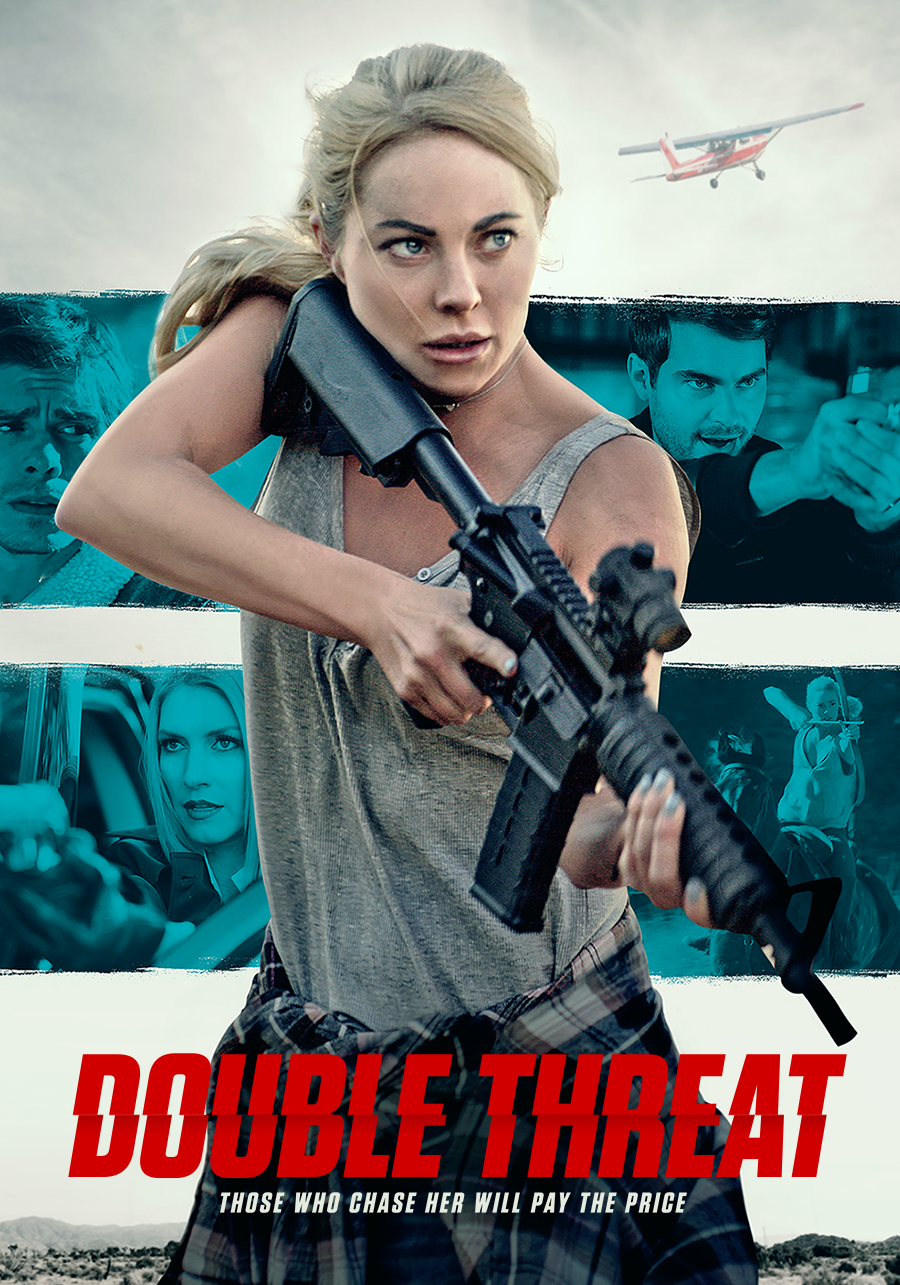
You most recently released “Double Threat.” Can you tell us a little about that one?
Well, it’s about a woman living with a split personality disorder who gets entangled with a strait-laced man on a pilgrimage to scatter his late brother’s ashes. Problem is, she’s being hunted by the mob, so this poor guy’s self-healing road trip becomes hell on earth. What we learn is one side of her is the sweetest, girl next door woman you could ever meet but when the shit hits the fan, she becomes a lethal assassin. One thing I am most proud of, and it isn’t my doing, is our star, Danielle C. Ryan did all her own stunts. Matthew Lawrence did as well, which was primarily driving during our chase scenes but Danielle, wow. Check out her fight scenes and horse-riding skills and tell me that isn’t mind blowing. That’s all on her. She’s the real star and special about this film, it isn’t me.
Do you ever get nervous about how films will be received by the public?
No. Of course you would like a film to be well-received and loved by all and do remarkably well. I have been very fortunate to be a part of some very successful projects and some stinkers I wish did better. But you know I learned something about 15 years ago… they’re only movies and the only difference between a hit and a stinker is you get more ‘atta-boys’ than you do on the duds. The ride lasts just about as long and people move on to the ‘next’ a week after the film comes out regardless, so I have learned not to get wrapped up in reviews or public opinion. I just love making movies with the people I love and if the public gets excited about it, great. If not, I know I loved the experience and I hope those involved did too. Of course, you’d love to be loved, but as I mentioned early, we live in such fast-moving times, by the time you revel in the success of “Top Gun: Maverick”, we’re all pumped about “Jurassic World: Dominion”. Next week it’ll be another “Star Wars” installment or a Marvel movie. You just can’t keep up and love you or hate you, the world will move on and quickly.
Your next film “Night Train” is also an action film. What was it about this story that made you want to bring it to life on film?
What I have been focused on for the past few years and plan to continue with is making movies about strong female characters. I want to take the Hal Needham approach of his films from the 70’s like “Cannonball Run” and “Smokey & the Bandit” but put the women in the driver’s seat and let the boys ride shotgun and “Night Train” does just that. A single mom struggling to make ends meet as a Hollywood teamster evades capture by a ruthless FBI Agent while running black market medical supplies in her legendary souped-up pickup truck. The FBI agent is also a woman, hence “Smokey & the Bandit”. We have our star also as part of the 200 MPH Club, so we had 10-time World Record holder Valerie Thompson ride her motorcycle for us at almost 200 MPH, the ONLY stunt Danielle C. Ryan didn’t do in our film, as we really like to let women in our films show the world what they’re made of and capable of doing.
What do you enjoy most about working on action films?
I love that no matter what is scripted, you always, always get something different that you’d never expect or prepare for – and in a good way. The fight scenes in “Double Threat” are second to none. Trust me. The chase scenes in “Night Train” are even better. What was interesting about “Night Train” was that the script had about a 10-page chase scene written in that was very good involving our two heroines. But while shooting, it took on its own personality and we ended up going in an entirely different direction with it, which I think plays out much better. You don’t get that kind of element of surprise when doing drama or rom coms. But when you break out the heavy artillery, you strap in, hope for the best, prepare for the worse and expect the unexpected which has always been a huge blessing for me, and a hell of a lot of fun!
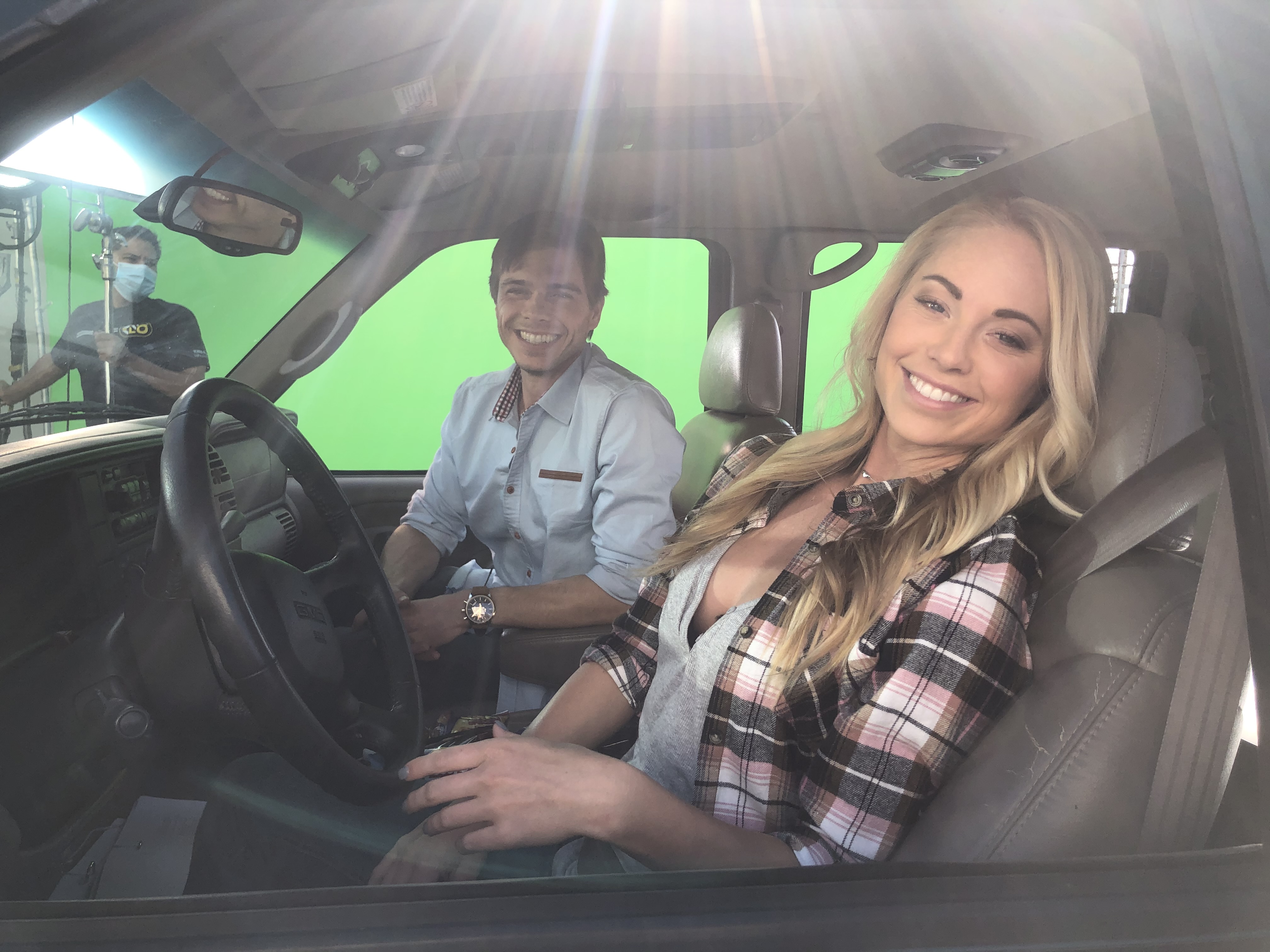
Danielle C. Ryan and Matthew Lawrence
I understand you will also be directing a studio film on a romantic comedy next; can you tell us more about that?
I can’t talk too much about it (yet) because with those contracts come a lot of NDAs, but I will say it’s a great project I am really looking forward to being a part of. It’s a faith-based film but with a lot more edge, romance, and action than the studio or genre is used to which is why I think they called on me. I was absolutely honored and humbled that they did, and I only hope that I can do them proud and do the story justice.
Do you think it is important that a filmmaker work across as many genres of film as possible?
To a point, sure. I am not someone who would pursue Sci-Fi or horror. They’re not my thing and I don’t really have a passion to do them. But there are so many genres out there and I have done work in most, so I think it’s good to flex those muscles when the opportunity arises. I like to be stretched and you never know where or what it can lead to or bring in the future. Either way, I am embracing it with my whole heart and am excited about it and the new relationships I am making along the way. One thing for sure, is I am out of my comfort zone, especially when it comes to the pre-production of the film because its studio backed. I traditionally am involved from concept-to-delivery of a picture and the script was brought to me with a partial cast in place and a Line Producer and film editor were part of the package as well. I do all my own line producing and editing myself on my in-house films, so it’s kind of strange to just focus on the directing and helping as much as I can in producing it, which I do from soup to nuts traditionally.
Is there any one genre you enjoy working in more than others?
I love our action comedies and action thrillers. I am not going to lie, those are my favorite but again, I enjoy a challenge and working out of my comfort zone, so I am always open to work in different genres. Again, Sci-Fi and horror, I am not interested in, but you have adventure, romance, comedy, action, thrillers, drama, and the like out there and I love to work in all of them and am open to explore ways in doing so quite often and several are in deep development for the future.
How do you decide which projects you want to bring to life on film?
As an indie-rat I’m lucky if I get to make one, maybe two films a year. Each of these films will take 18 months out of my life from start to finish, so I must really think things through. Is this something I want to work on for the next year-and-a-half? Is this a story, characters, and a film package which I will be editing for several months I can stomach sitting through 300 times until it leaves the nest? Is this something I will (hopefully) be proud to put my name on and is it something that will translate abroad and earn our financiers a return on their investment? I don’t make movies for North America, red carpet events in Hollywood, or Instagram likes during the process. I make movies I hope we can sell around the globe. There are roughly 54 territories and 172 countries that buy films. North America is one territory consisting of mainly the US and English-speaking Canada. So, I consider if the genre or story is going to translate. I involve sales agents and distributors early on to see if it checks the boxes and we think globally for casting. Just because we don’t go after the A-listers, it doesn’t mean our cast ensemble isn’t a valuable package overseas. Often our cast consists of people who are huge stars in far corners of the globe, recurring on TV series from yesteryear that are broadcasting in over 100 countries every day. So here, maybe an actor is known and maybe they’re not, but globally they can carry a lot more weight. Don’t get me wrong, I’ve gone into some projects knowing they wouldn’t make a dime overseas and “Gridiron Gang” is a classic example. But when you have a star like Dwayne Johnson and it becomes HIS passion piece and a studio is committed to throw tens of millions of dollars at it and assures you 3,200 hundred screens in the US alone, it’s a different animal. When you make an indie, especially now, you’re looking at a cable TV or a streaming deal domestically but overseas you can really make a huge splash in theaters, television, and brick and mortar video stores which still have life in several territories. I also think long term. Is this a film that will help bolster our catalogue 10, 15 or even 20 years from now so collectively, we have a great package of films we can re-sell for many years to come. As I’ve grown older, I of course want to make films I enjoy or would want to watch that I can execute within the budgets I can secure funding for but also, I really look at the business side of things before pulling the trigger. I have just been lucky lately to be able to make films that for me, get me excited and check those international boxes to give our investors the peace of mind.
You asked how we decide on which projects we want to bring to life. That is a great question and one I explain often to writers in my classes, especially who are shopping their scripts around and wonder why it’s so hard to get a movie made. I break down for them that their own passion piece must go through so many business decisions from a committee of folks who if they miss, and produce something that tanks, they cost a studio millions of dollars and everyone their job. Much like in the music business of old, if an A&R rep says “no” they’ve got a better chance of keeping their job. Writers especially are so myopic and every one of them believe they’re either sitting on the next “Whiplash”, “Game of Thrones” or whatever the flavor of the month might be. I love the passion and would never want to extinguish anyone’s hopes or dreams for their work to come to fruition but very rarely a non-produced writer really sees the big picture and all the elements that go into deciding if a film is globally marketable or can translate or is worth a company’s time to invest in.
Is there anything you’d like to say in closing?
Thank you for such a great interview, Tina. I always enjoy getting questions from you, they come from a pure heart and from someone who cares – and it’s evident. I look forward to our next.
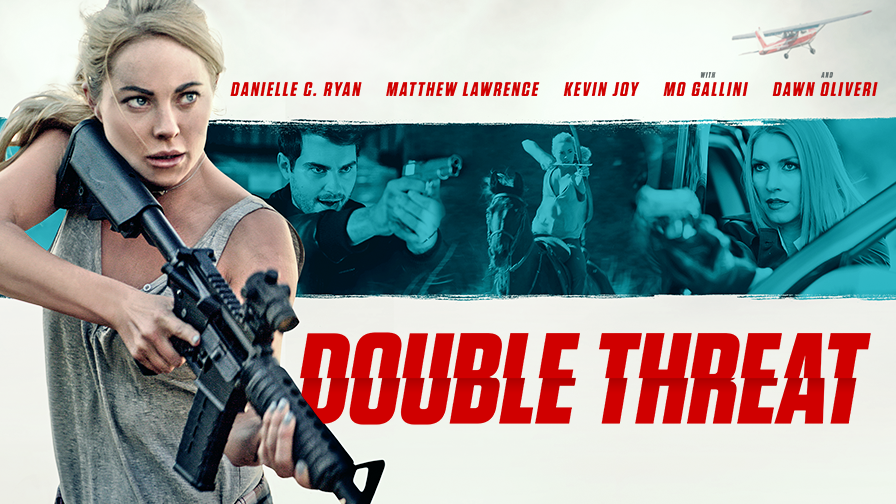
“Double Threat” can be found on the Amazon Prime, iTunes, InDemand, Vudu/Fandango Now, Vubiquity, Dish, Hoopla, Microsoft Store/Xbox, Google Play, DirecTV, and Redbox platforms.
